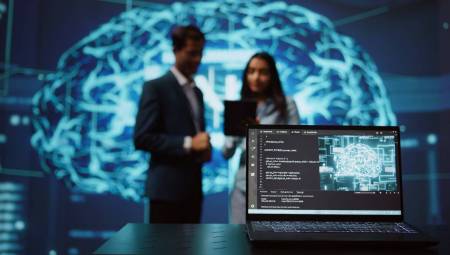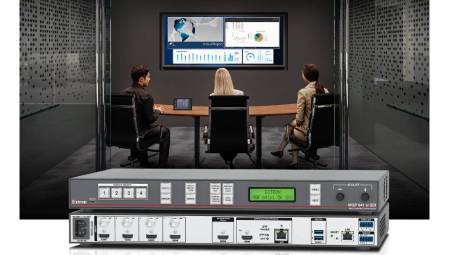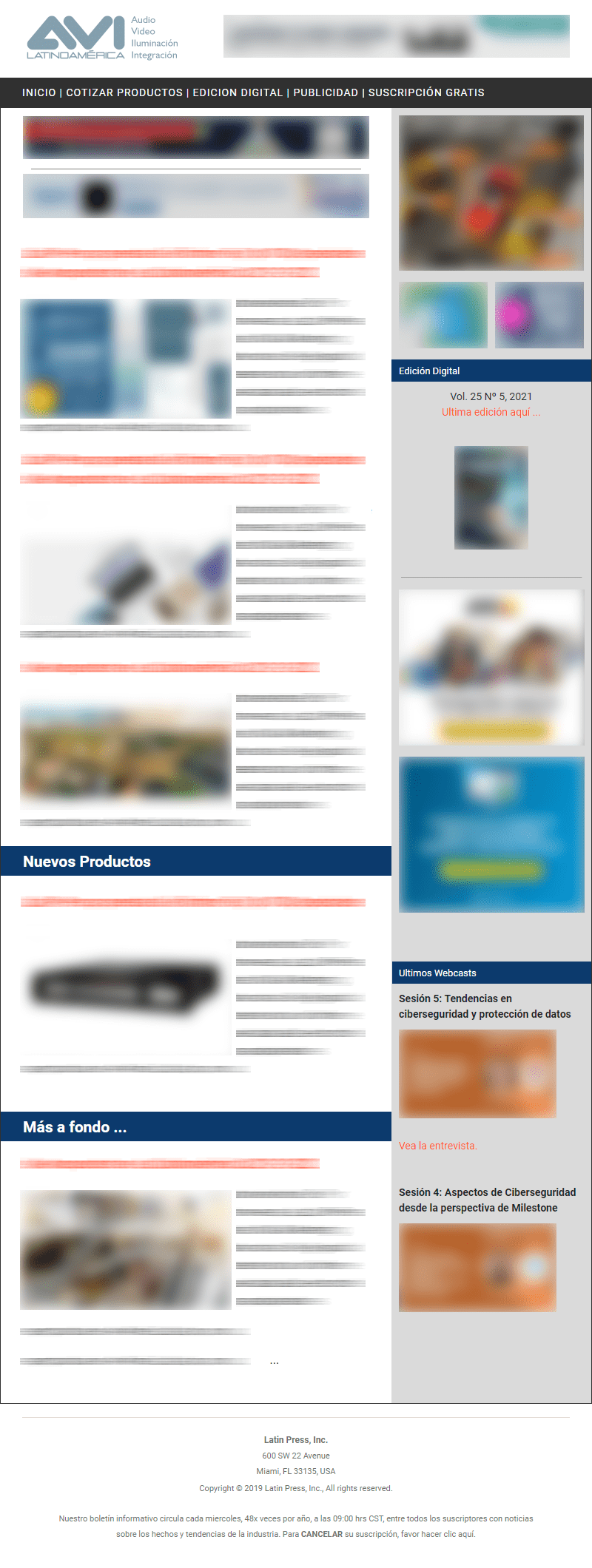 Colombia. New technologies emerge every day. Some are adopted on a large scale to reach the market, while others go through a period of maturation. Regardless of the path followed by the adoption of these tools, there is a certainty that they will transform the daily lives of individuals and companies by simplifying routines or transforming them completely.
Colombia. New technologies emerge every day. Some are adopted on a large scale to reach the market, while others go through a period of maturation. Regardless of the path followed by the adoption of these tools, there is a certainty that they will transform the daily lives of individuals and companies by simplifying routines or transforming them completely.
Faced with this scenario of changes, TOTVS Labs, the research and innovation laboratory of TOTVS in Silicon Valley, has listed eight disruptive technologies that will change all or almost all industries and therefore, the behavior of human beings until the year 2020.
Artificial Intelligence is the first big bet, so many efforts of the laboratory in Mountain View have been directed to develop solutions related to it. For TOTVS, the future will be shaped by the combination of software (applications), data and artificial intelligence, which will change all market segments and simplify decision making. Industries such as healthcare, financial services, manufacturing, retail and other segments will be profoundly transformed by this combination.
Bitcoins and Blockchain: Similar to a virtual ledger, the Blockchain is a database of transactions created to ensure the use of virtual currencies, the Bitcoins. The technology behind the Blockchain prevents the use of a currency more than once, thereby ensuring the transparency and security of transactions, regardless of the value of the currency used. The tool solves an old problem of the financial market: assets are recorded, kept up to date and made available to regulators so that the entire industry must be modified. The Nasdaq, for example, already uses Blockchain to store information about the assets of some companies listed on the stock exchange, such as Amazon and Apple.
3D Printers: Established in 1984, the 3D printer has been heavily adopted in recent years. In addition to printing items for personal use, the tool modifies the processes of different sectors, such as medicine. Among the highlights is the bioprinting of the members of the human body for prostheses or transplants. Another promising segment is manufacturing. Some companies, led by the aeronautics and machinery industries, are already developing parts by adding material layer by layer. The process known as manufacturing additive allows, for example, the manufacture of parts with extremely complex geometry, being an option for complicated stages of production. Companies such as Nike and Adidas have announced the production of tennis shoes using 3D printers.
Autonomous vehicle: In addition to modifying the experience and changing the mobility of consumers, driverless cars will have an impact on the performance of car manufacturers and traffic planning in cities and roads. There is currently a mad race among automakers to see who launches the first autonomous vehicle. The deadline proposed by them is the year 2020, however, the mass production of vehicles could only take place from 2025, when the technology will have an affordable price. The future is so promising that IHS Automotive, a market consultancy for the automotive sector, believes that in 2050 no one will have to put their hands on the wheel of a car. Currently companies like Tesla and Google already have technology that allows you to drive a car automatically, without human intervention.
Robotics: one of the best known among the eight technologies listed by TOTVS Labs. Robotics encompasses different forms of automation, including physical, intellectual tasks, and customer services. According to Forrester, in 2019, 25% of jobs in all sectors will be transformed by the advancement of robots. On the other hand, they contribute to the emergence of new professional categories, increasingly strategic. A good current example is automated customer service in contact centers.
Virtual Reality and Augmented Reality: These technologies allow the user to interact in real time with a three-dimensional environment generated by computers through multi-sensory devices. Currently, they are already in flight and steering simulators in driving schools. Soon, these simulators will reach many other markets, providing a better user experience and simplifying, for example, the maintenance of industrial plants, visits to places of historical and tourist interest, as well as the learning of certain surgical procedures. The tourism and education sectors must be strongly transformed with the use of Virtual and Augmented Reality.
Biotechnology: it holds great promise to meet global challenges, offering new possibilities to meet the global demand for food, animal nutrition, fuel and materials, among others, and at the same time, reduce the impact on the environment. The adoption of this technology in the pharmaceutical industry has allowed the development of more effective and appropriate drugs for each patient and, shortly, will allow new approaches in the treatment, diagnosis and prevention of diseases. In the textile sector, it allows the creation of smart fabrics, such as felt, that do not swell and carpets to remove dust.
Computing, Networking and the Internet of Things: The number of networked computers and the ability to exchange information between them has already begun to change routines in organizations. The Internet of Things, for example, connects devices and machines to centralized management systems, allowing an exchange of data between them and facilitating, for example, the control of the delivery of logistics. In addition, this technology will simplify the mapping of agricultural areas of plantations through mobile devices such as drones.
Each of these technologies, and the combination of two or more of them, will have an impact on the world in the coming years. Some are already used on a large scale, even in 2016, but most of them will greatly modify the routines of people and companies in the next five years. Moreover, the impact on certain industries will occur more quickly because one of the common characteristics of these technologies is their exponential progress.
"The revolution we are going to experience in the coming years will have a greater impact than even the industrial revolution. It is estimated that in the U.S. 47% of current jobs will not exist in the next 10 years. In Latin America, something very similar must happen. On the other hand, new jobs will emerge. The most important thing in the face of all these changes is to prepare for the advances that are coming, because sooner or later one of these technologies, or several of them, will have a high impact on your business or even on your personal routine, "says Vicente Goetten, director of TOTVS Labs.















